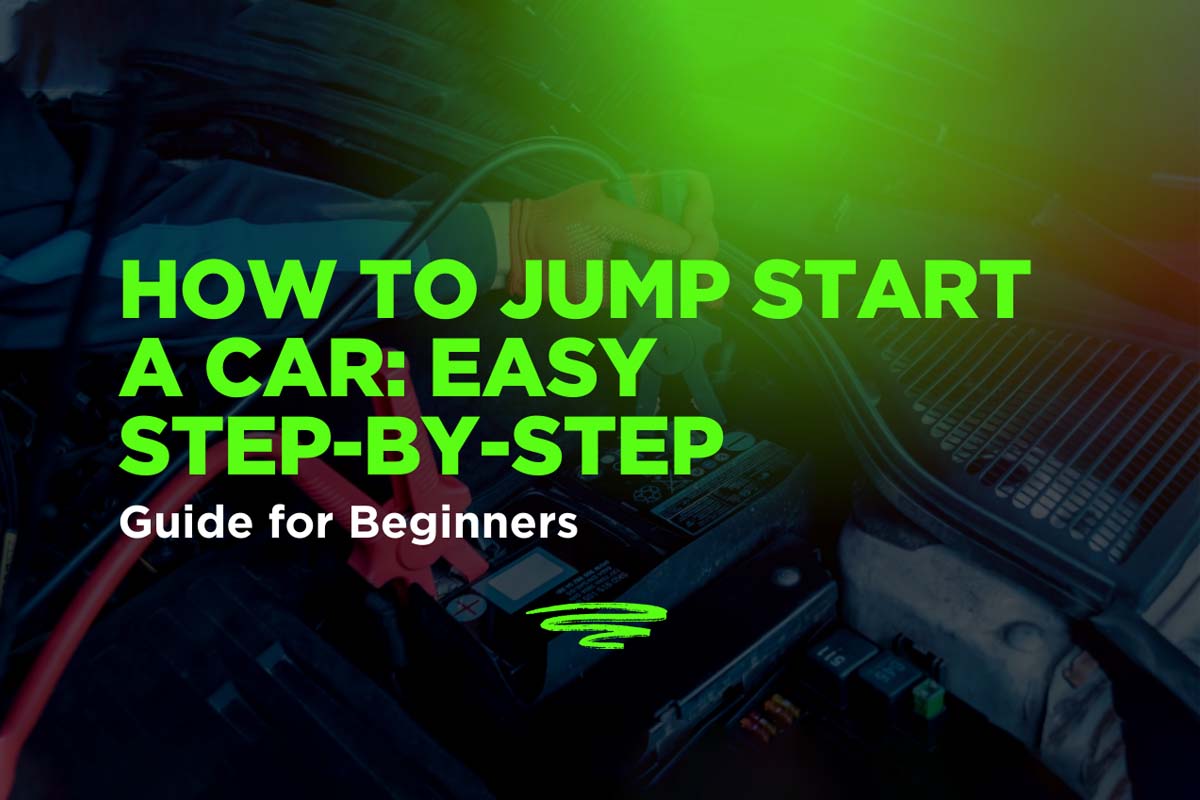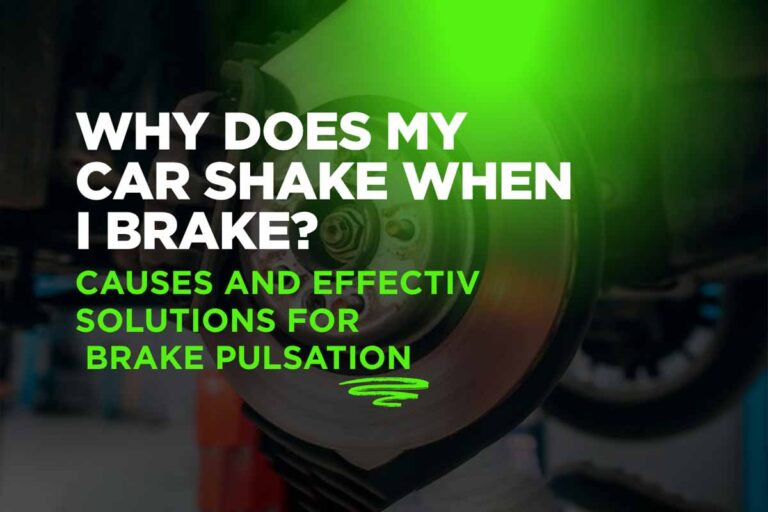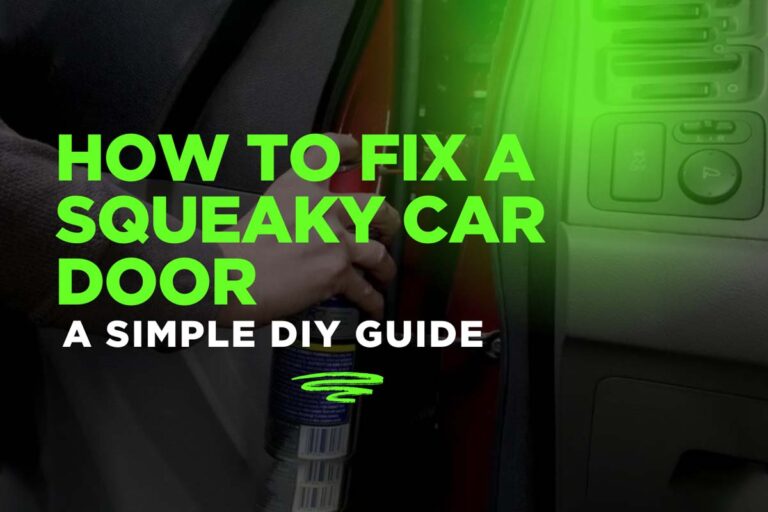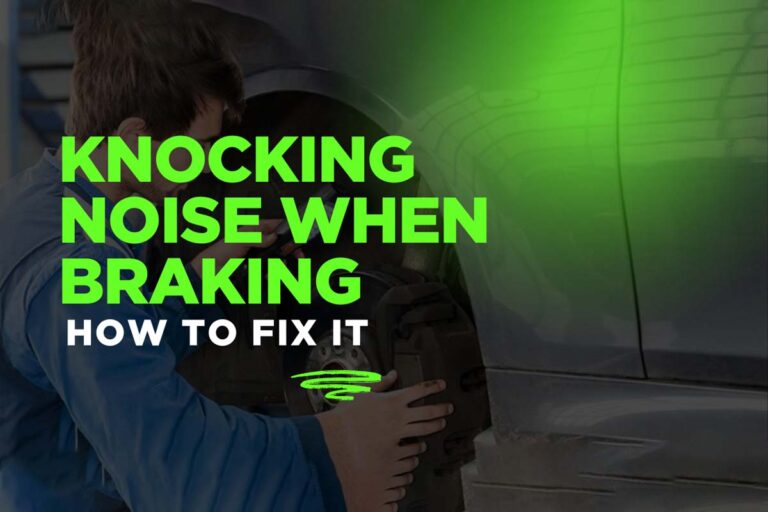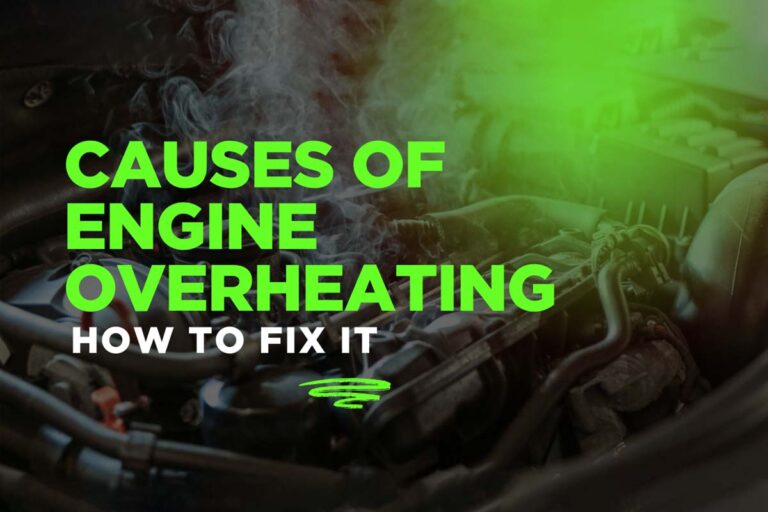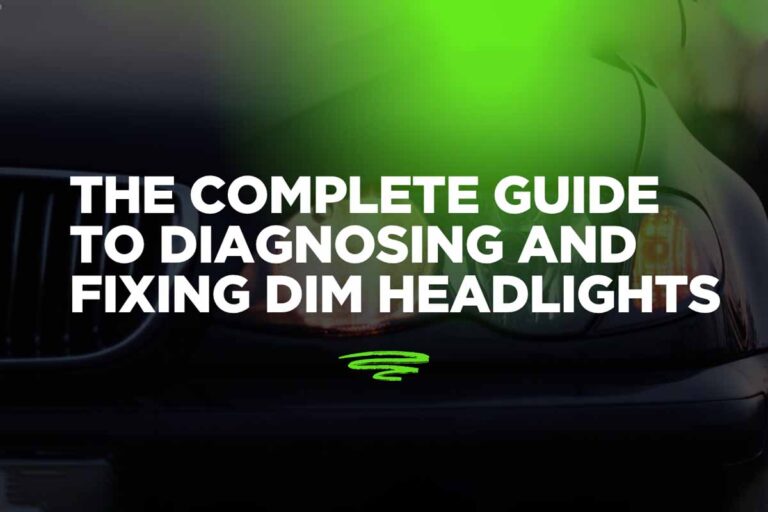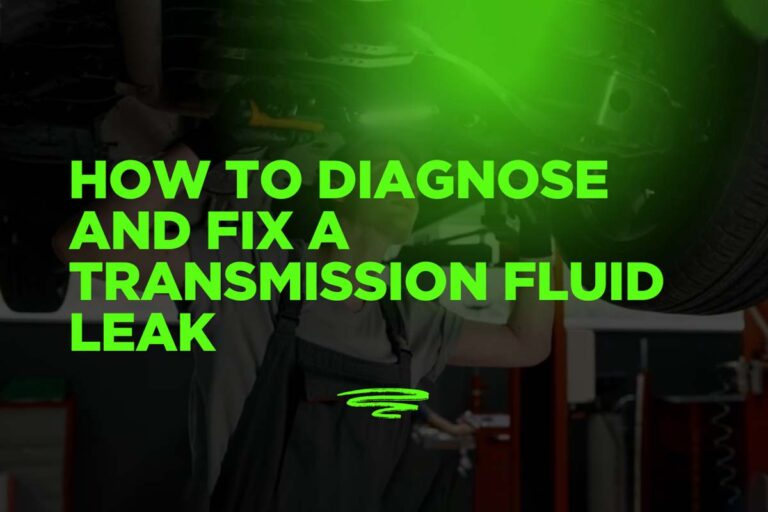How to Jump Start a Car: Easy Step-by-Step Guide for Beginners
So, here’s the deal — I got a call from my mom saying, “Honey, the van won’t start.” Of course, I knew she meant the battery was probably dead, and I figured I’d give jumping it a shot. If you've never done it before, don't worry — it’s honestly not that hard. Let me walk you through how I did it, step by step.
What Is a Jump Start and How Does It Work?
A jump start is a way to bring a car with a dead battery back to life by using another vehicle’s fully charged battery. This is done by connecting the two batteries with jumper cables, allowing electricity to flow from the good battery to the dead one. First, the positive (red) cable is attached to both batteries’ positive terminals. Then, the negative (black) cable is connected to the working battery’s negative terminal and to an unpainted metal surface on the dead car, acting as a safe ground. Once connected, the working car is started and allowed to run for a few minutes. After that, the dead car is started. If it starts, the jumper cables are removed in reverse order. Driving the jumped car for 10 to 15 minutes helps recharge the battery and ensures it keeps running.
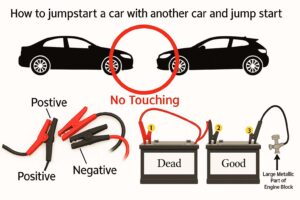
How to Jump Start a Car
Step 1: Check the Battery Connections
Before anything, pop the hood and take a look at your battery. If you recently left your headlights on or something like that, the battery just needs a little juice. But if you’re not sure what caused the issue, check the terminals. Corrosion on the battery posts or cables can cause problems. Mine were clean, but if yours aren’t, use a battery terminal cleaner to scrape that stuff off. There are special tools for that — one end cleans the battery post, the other cleans the inside of the cable connector.
Step 2: Grab a Good Set of Jumper Cables
Not all jumper cables are made equal. Some of those emergency kits come with really cheap ones that don’t work well. Get yourself a thick, good-quality pair. Trust me, it makes a difference. Keep them in your trunk for times like this.
Step 3: Red to Dead
Time to hook things up. Remember this little rhyme: “Red to dead.”
- Start by connecting the red cable to the positive terminal on the dead battery.
- Then find a good ground spot on the dead car — usually an unpainted metal bolt or bracket somewhere nearby. Don’t connect the black cable to the negative terminal on the dead battery. That can cause sparks, which might be dangerous if gases are around.
In my case, I used a little nut near the battery as the ground. It worked just fine.
Step 4: Connect the Other Car
Now go over to the car that has a working battery.
- Connect the red cable to its positive terminal.
- Then connect the black cable to the negative terminal of the good battery.
Make sure all the connections are tight and clean. You want the best possible contact.
Step 5: Start the Engine (of the Good Car)
Now, go ahead and start the engine of the car with the good battery. Let it run for a couple of minutes. If you’ve got someone helping, they can rev the engine a bit to help charge up the dead battery faster.
Also, make sure things like the radio, AC, or lights in the good car are turned off — we want all the power focused on the jump.
Step 6: Try to Start the Dead Car
Now it’s the moment of truth — head over to the dead car and try to start it. It might not work on the first try, and that’s okay. Try again after a few seconds. Mine didn’t start the first time either, but it worked on the second try!
If it starts — awesome! Let it run for at least 10–15 minutes so the battery can recharge. You might want to stick close to home in case the battery doesn’t hold the charge. If you know the battery just died because you left the lights on, a good drive should fix it. But if the battery’s old (like mine), you might need a new one.
Step 7: Remove the Cables (in Reverse Order)
You’re not done yet! Time to remove the jumper cables — in the reverse order of how you put them on.
- First, disconnect the black cable from the ground on the car you just jumped.
- Then disconnect the black cable from the good battery.
- Next, remove the red cable from the good battery.
- Finally, take off the red cable from the dead battery.
Pro tip: Make sure the cable ends don’t touch anything metal as you remove them.
Also, remember to put the protective caps back on the battery terminals. It helps prevent corrosion and keeps things clean.
Simple Tips to Prevent a Dead Car Battery
To avoid getting stuck with a dead battery, it’s important to take care of your car’s battery through simple, everyday habits. First, always turn off headlights, interior lights, and electronics when the engine is off. Leaving them on can quickly drain the battery. Second, drive your car regularly—batteries lose charge if a vehicle sits unused for too long. Short trips may not give the battery enough time to recharge, so try to take longer drives when possible.
Also, keep the battery terminals clean and corrosion-free. Corrosion can weaken the connection and affect performance. You can use a battery terminal cleaner or a mixture of baking soda and water for this. In cold weather, try to park indoors or in a garage, as low temperatures can reduce battery power.
Lastly, have your battery checked during routine vehicle maintenance. If it’s more than 3-5 years old, consider replacing it before it fails. By taking these steps, you can keep your battery healthy and reduce the chances of ever needing a jump start.
Conclusion
Jump starting a car is a simple yet essential skill that every driver should know. Whether it’s due to leaving your headlights on or an aging battery, a dead car battery can happen to anyone. With a good set of jumper cables and a bit of caution, you can quickly get back on the road. Just remember to follow the correct steps for safety, and always drive your car afterward to help recharge the battery. Knowing how to jump start a car can save time, money, and frustration in unexpected situations.
